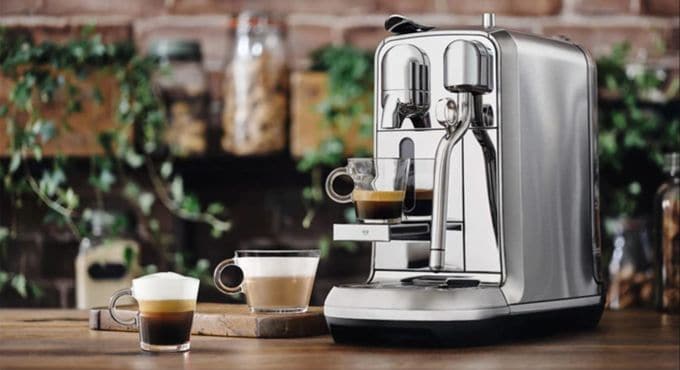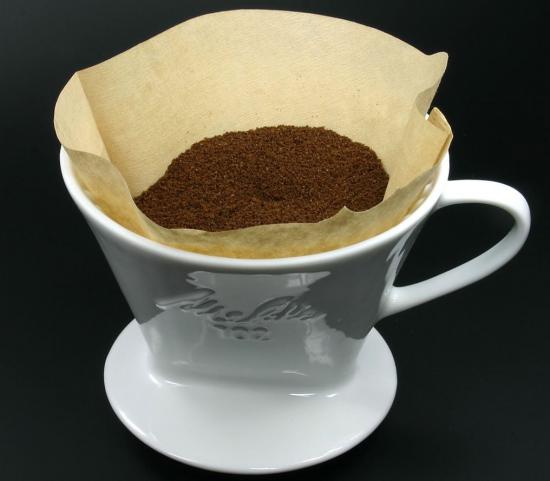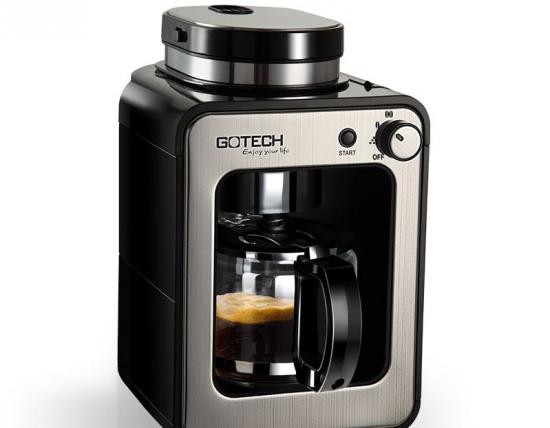Today almost every kitchen has a coffee machine. The popularity of this device is consistently high for several decades. As a result, the competition in this segment is very high and companies are constantly improving their models, expanding their functionality. But a wide range of offered models sometimes complicates the choice of the optimal coffee machine that depends on the technical characteristics of the model. Of course, price and functionality of the coffee machine affect also the choice.
In addition, different types of coffee machines use different brewing technologies. For example, today the market offers drip coffee machines, compression (carob) espresso coffee machines and steam coffee machines.. Of course, their technical characteristics are different.
Power
The device power affects the pump pressure and, respectively, the coffee strength. Of course, this value is particularly important for models without adjustment of coffee strength.
Usually, traditional recipes making coffee require the pressure of 8-9 bar. Power from 750 to 800 W provides it easily. But espresso requires pressure of 15 bar. Therefore, espresso models have a power from 1000 W.
Filtration and capacity
The filters are divided into disposable and reusable. The disposable filters are made of paper, reusable – of nylon. Reusable nylon filters are calculated approximately on 60 cycles of making coffee, whereupon the surface deposit on the filter will start to negatively affect the taste of coffee. Today, nylon filters with a titanium nitride coating have the longest service life. Unfortunately, they are the most expensive.
They provide up to 60 cycles and more.
The disposable paper filter is more hygienic, but increases operating costs.
The optimum capacity of the container for water depends on the amount of coffee consumed and averages 0.75-1.5 liters. It directly affects the size and cost of model. Average models are easier to use.
Heater type, performance and type of coffee
Modern models use a boiler or a fuser.
The boiler heats the constant water volume. Therefore, fresh water is added to the remaining after previous heating. This sometimes negatively affects the taste of the coffee. The boiler is convenient for simultaneously preparation of several portions.
The fuser quickly heats a small amount of the fresh water and sends it through the coffee. But such heating is convenient for only one portion.
Of curse, performance affects the number of servings per day. Generally, the household models provide up to 50 cups per day.
The performance of commercial models for bars, restaurants and offices depends on volume of containers for coffee and water and reaches up to 1000 cups per day.
Each type of coffee machines involves the use of different coffee types, including ground coffee, coffee beans, capsules, ESE pod, etc. Of course, assortment of used coffee directly affects the model usability.
Functionality and dimensions
Functionality coffee machine depends mainly on the additional functions in model. Modern models of the middle and upper price segment sometimes have several dozen additional options. Of course, they significantly affect the price.
Size model mainly depends on the containers volume for water and coffee. This parameter in its turn affects the device performance.
Today, the market offers full automatic compact models with dimensions of only 9 x 12 x 17 in.
This video demonstrates the functionality of DeLonghi ESAM3300 Magnifica Super-Automatic Espresso/Coffee Machine 2019.



